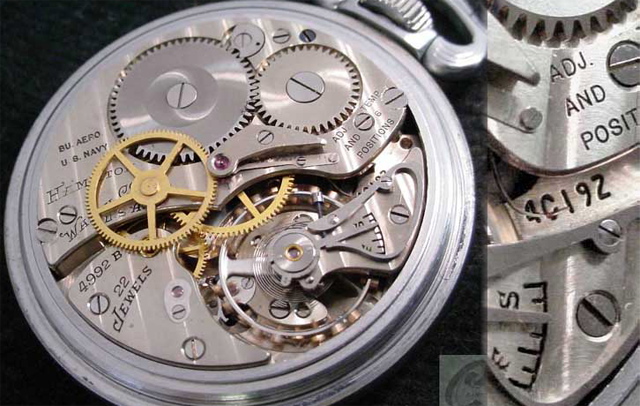
| WWT Shows | CLICK TO: Join and Support Internet Horology Club 185™ | IHC185™ Forums |

|
• Check Out Our... • • TWO Book Offer! • |
Welcome Aboard IHC185™  Internet Horology Club 185
Internet Horology Club 185  IHC185™ Discussion Site Main Page
IHC185™ Discussion Site Main Page  Horological Discussions, Questions and Answers
Horological Discussions, Questions and Answers  Military Timepiece Discussions - EXCLUSIVE!
Military Timepiece Discussions - EXCLUSIVE!  4992B Serial Number?
4992B Serial Number?
 Internet Horology Club 185
Internet Horology Club 185  IHC185™ Discussion Site Main Page
IHC185™ Discussion Site Main Page  Horological Discussions, Questions and Answers
Horological Discussions, Questions and Answers  Military Timepiece Discussions - EXCLUSIVE!
Military Timepiece Discussions - EXCLUSIVE!  4992B Serial Number?
4992B Serial Number?Page 1 2
Related Content: Avoiding the PITFALLS of On-Line Trading!™
Go  | New Topic  | Find-Or-Search  | Notify  | Tools  | Reply to Post  |  |
To add just a bit, the AC in the serial number stands for Air Corps, U.S. Army. As was pointed out already, the two digits that follow it are the year the contract was let, but it was not mentioned that the year the contract was let does not necessarily mean that was the year it was made. Often, such contracts would run for multiple years and so one needs to look up the serial number on the movement to see when it was made. One also needs to be aware that such timepieces were kept in the Air Corps (and later the Air Force) inventory for many years and were serviced by Army watchmakers which means that it is possible that in some situations that a movement may have been swapped out at some point if it were damaged, or that the case might have been swapped out if it became too damaged. One additional point about the silver vs. steel cases. As has been pointed out, the silver ones do not seem to be uncommon. My guess is may be due to silver was not an essential war production metal like steel was. Also, silver wasn't, and still isn't, a very expensive alternative to steel. It would make sense to me that silver cases could be relatively common compared to steel ones. | ||||
|
| IHC President Life Member |
A few weeks ago Chapter 185 Member John "Cranster" McElhenny sold number 4C192 in one of his eBay auctions. This unusually sharp movement has the rare "Bureau of Aeronautics, U. S. Navy" markings in addition to its very low number. This interesting low number example surfaced recently...  | |||
|
Thanks for posting that Lindell. That is a really nice and clean example. | ||||
|
| IHC Life Member Sergeant at Arms |
Aloha Lindell If you look between the center second bridge and center second bridge spring you will see adj. temp and 6 pos. in the same font as Hamilton Watch co. Aloha Scott | |||
|
| Powered by Social Strata | Page 1 2 |
| Your request is being processed... |
|
©2002-2025 Internet Horology Club 185™ - Lindell V. Riddle President - All Rights Reserved Worldwide

